Magazine
What’s the Difference Between Lactic Acid vs. Glycolic Acid?
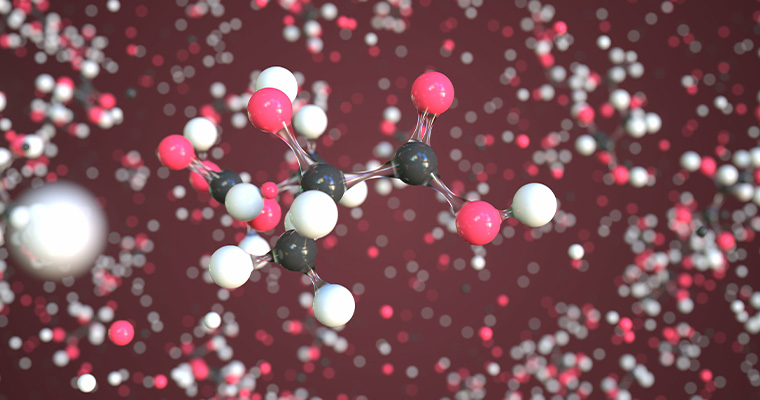
When you hear the terms “acid” and “skincare” in the same sentence, we promise it’s not about someone’s face being melted off. Sort of.
While you should avoid several acids at all costs, there are some acids that, when used correctly, can have really beneficial effects on your skin. The key to using acids safely is to use high-quality products containing healthy amounts of these beneficial ingredients.
Applying acids directly to your skin is never a good idea. Even using products containing a high concentration of acids should be avoided. When selecting the right acid products to implement into your skincare, the first step should be to do your research.
Part of picking the right product involves choosing the right type of acid for your skin’s needs. We’re here to demystify acids and show you the ropes — let’s talk about two of the most common acids used in skincare, lactic acid and glycolic acid, and how you can safely use them to improve your appearance.
What Are AHAs?
To understand both lactic acid and glycolic acid, let’s build an understanding of what AHAs, or alpha-hydroxy acids, are.
AHAs are natural acids that come from various food and plant sources. Some of the most common sources include sugar cane and citrus fruits. Scientists can produce an alpha-hydroxy acid from these sources through fermentation and membrane separation.
These acids are commonly found in skincare products as they are known to offer a wide range of positive effects. Virtually every skin type can benefit from using AHAs as long as they understand their specific skin needs. Nevertheless, dermatologists most commonly recommend this ingredient for those with normal to dry or damaged skin.
AHAs are renowned in skincare for their effectiveness and versatility. When you apply them to your skin, all forms of AHAs can function as chemical exfoliants. By exfoliating the epidermis, alpha-hydroxy acids can improve skin tone and texture by decreasing dullness and increasing radiance.
While most are known for their effects on the outer layers of the skin, many AHAs can reach the dermis and support healthy levels of collagen production in your skin. This impact on collagen makes it a prevalent ingredient in products aimed at reducing the appearance of skin concerns that come with aging.
By supporting collagen production in the dermis, AHAs may minimize the appearance of fine lines and skin sagging.
Several alpha-hydroxy acids, including lactic and glycolic acid, double as humectants. Humectants are substances that not only attract water to the skin but also help to retain it. Because of this, another significant benefit of using AHAs in skincare is combatting the loss of moisture and increasing hydration.
Some of the AHAs most commonly found in skincare products include lactic acid, glycolic acid, malic acid, citric acid, and tartaric acid.
What Is Lactic Acid?
Lactic acid is an alpha-hydroxy acid most commonly derived from lactose, a carbohydrate found in dairy products like milk.
Like most other AHAs, lactic acid is a beneficial ingredient for exfoliating. Lactic acid can remove dead skin cells and grime on the epidermis and increase cell turnover, improving the health and appearance of your skin.
You can use lactic acid to help support the skin’s healing process. The acid can permeate into deeper layers of skin. Often, lactic acid will leave your skin looking firmer, thicker, and more radiant. This can make your skin look smoother and reduce the appearance of hyperpigmentation, wrinkles, and scarring.
Lactic acid is notably one of the safest acids for all skin types, as it can work to reduce levels of swelling and irritation in the skin.
This mild AHA may be ideal even for those with sensitive skin, and it may be effective for combating feelings of dryness or irritation that accompany some skin conditions.
How Can I Use Lactic Acid?
Lactic acid works best when you use it with other healthy ingredients. Though it is amongst the mildest forms of acid, you should avoid using any product with a high level of lactic acid.
A prime example of how you can use lactic acid properly is with Particle Face Cream. Particle Face Cream is a radical innovation in men’s skincare that uses high-grade ingredients to help every man achieve, and maintain, a handsome and healthy complexion so irresistible your partner will start flirting with you again.
Our face cream is renowned for its ability to pack six different benefits into one product. The benefits include reducing the appearance of wrinkles, making eye bags less visible, working to reduce the appearance of dark spots, and nourishing the skin with Dead Sea minerals.
These benefits are all made possible by the unique blend of ingredients used to create the product, including shea butter, squalane oil, coffee seed extract, and, you guessed it, lactic acid.
Lactic acid is used in Particle Face Cream to reduce the appearance of various signs of aging and keep the skin feeling moisturized, soft, and smooth. The ingredient supports healthy levels of collagen production in the body, which can help make the skin firmer and reduce the visibility of hyperpigmented spots, fine lines, and wrinkles.
Overall, lactic acid improves natural moisture levels, skin texture, and vibrancy.
What Is Glycolic Acid?
Glycolic acid is a water-soluble form of alpha-hydroxy acid that scientists derive from sugar cane. Sugar cane is a tall, perennial grass native to India, Southeast Asia, and New Guinea that is most commonly used for juice and sugar production.
Similar to lactic acid, you can use glycolic acid for exfoliation. When applied to the skin, lactic acid will remove the layer of surface skin, which, in turn, improves the appearance of discoloration, helps address blemishes and scarring, improves skin texture, and smoothes wrinkles.
As far as treating acne goes, glycolic acid breaks the bonds between the outer layer of skin cells, which removes dead skin cells in the process. When left on the skin, these dead skin cells can combine with excess sebum and clog your pores, resulting in the development of acne.
So, glycolic acid can help prevent blemishes and breakouts from developing on the skin by removing these dead skin cells.
Glycolic acid is also helpful for improving hydration levels in your skin. As mentioned, glycolic acid functions as a humectant. Glycolic acid can manipulate the outer barrier of the skin in a way that helps it retain moisture.
Also so, by strengthening the moisture barrier, glycolic acid can treat dryness.
Glycolic acid is also a popular ingredient in anti-aging products. The tiny molecules penetrate your skin and support cell turnover, which also supports the creation of more collagen. Collagen, which our bodies naturally produce less of as we age, is responsible for making the skin firm and more elastic.
For men looking to regain their youth without dropping a few grand on some outdated sports car, glycolic acid can plump the skin and smooth fine lines.
How Can I Use Glycolic Acid?
Glycolic acid is a highly effective ingredient but can be harmful if you do not use it properly. To determine whether a product containing glycolic acid is safe for you to use, check the percentage of glycolic acid and the other ingredients included in the product.
When used properly, glycolic acid can work hard to improve your complexion. Particle Face Wash is a daily face wash that removes dirt and leaves your skin looking and feeling fresh and clean, using just the right amount of glycolic acid to support skin without melting it away.
The product’s premium ingredients, including allantoin, cinnamomum extract, and aloe vera, work to remove oil and grime, revitalize, exfoliate, and hydrate the skin. Additional benefits include prepping skin for a shave, soothing swollen skin, and preventing skin irritation.
As you can imagine, glycolic acid is a crucial ingredient featured in Particle Wash. The acid is used primarily for improving the appearance of your skin. Its exfoliating effects work to buff away dead skin cells, removing them from your skin. In addition to combating acne and visible signs of aging, this action can also work to reduce the appearance of unwanted pigmentation caused by sun damage.
Conclusion
In conclusion, both lactic acid and glycolic acid can help safely treat any skincare issues you may be struggling with. Both are alpha-hydroxy acids which makes them similar in effect. That said, there are minor differences between the two that you should take into consideration when deciding which ingredients are most suited for your skin.
The safest way to use either of these acids is to find products containing safe amounts of the ingredient and understand how to strategically use them to improve your skin — like, the perfectly formulated products men’s skincare products here at Particle, maybe?
Sources:
Alpha Hydroxy Acids in Skin Care | ScienceDirect
Lactic Acid Bacteria and Lactic Acid for Skin Health and Melanogenesis Inhibition | PubMed
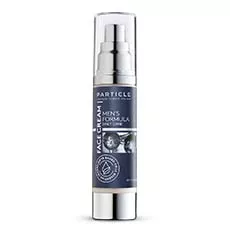
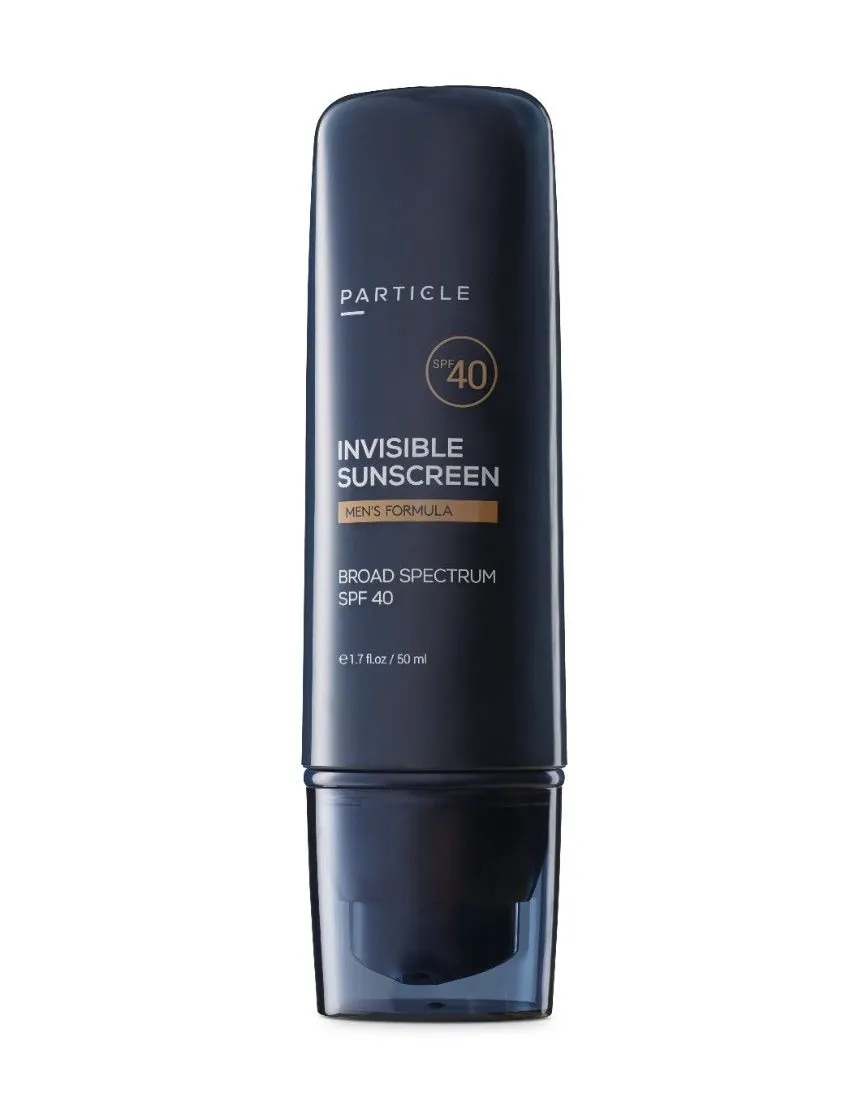
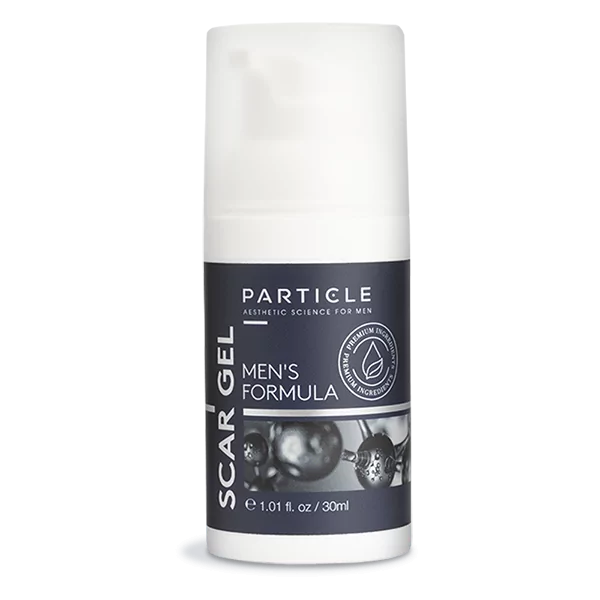
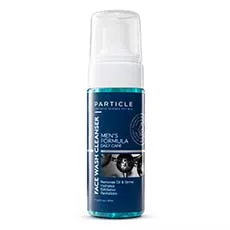
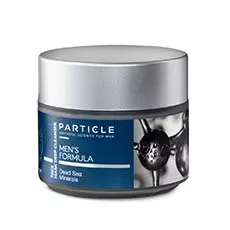
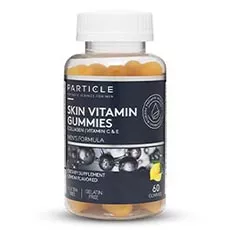
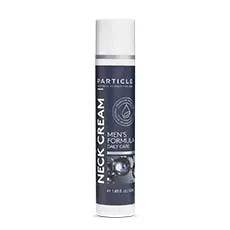
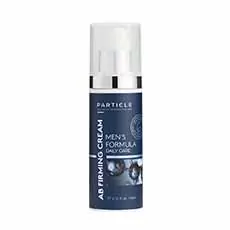
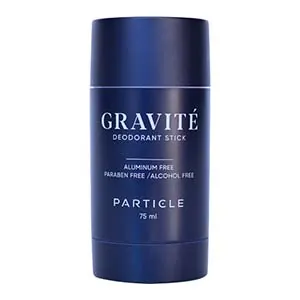
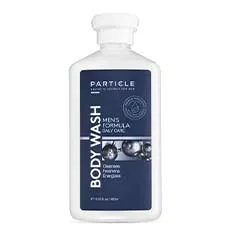
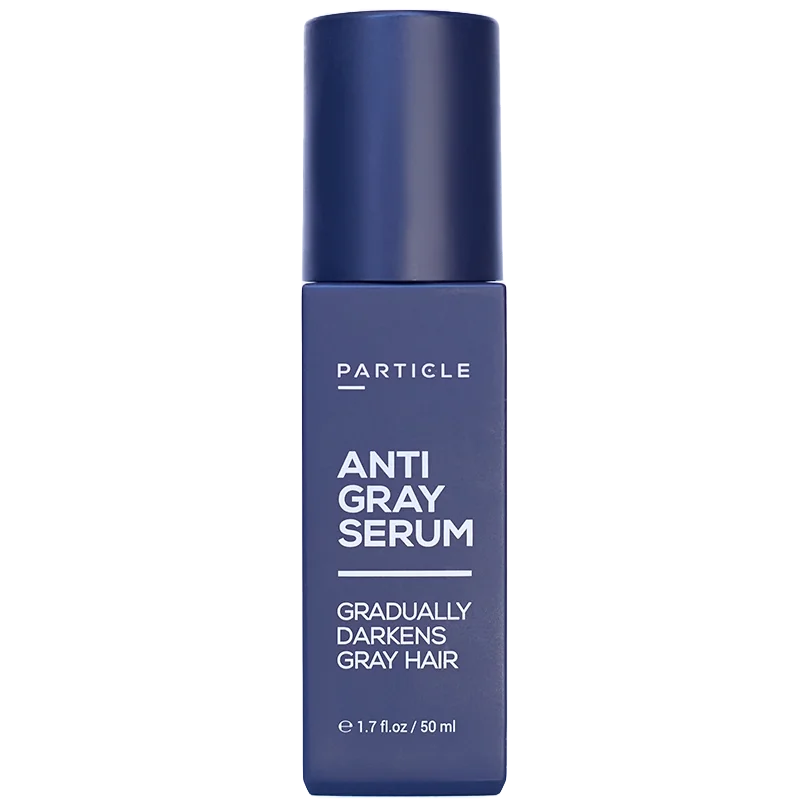
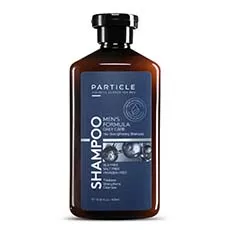
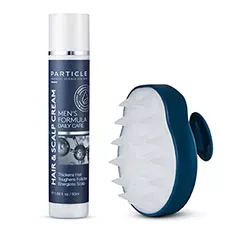
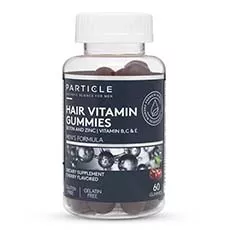
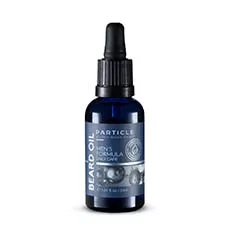
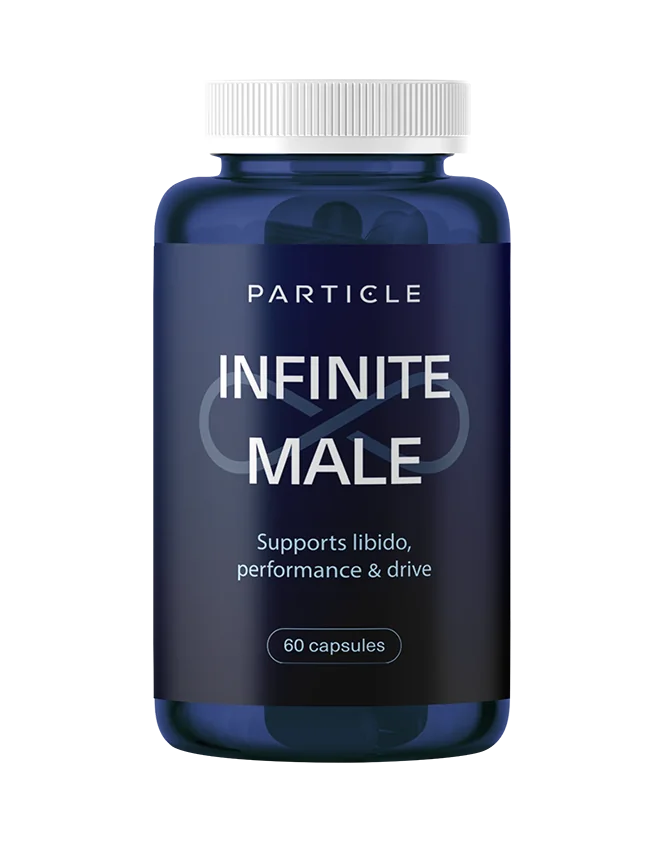
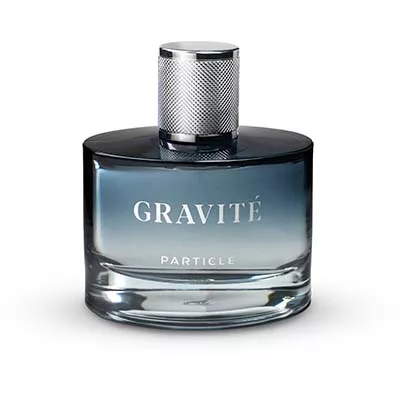

 en
en















